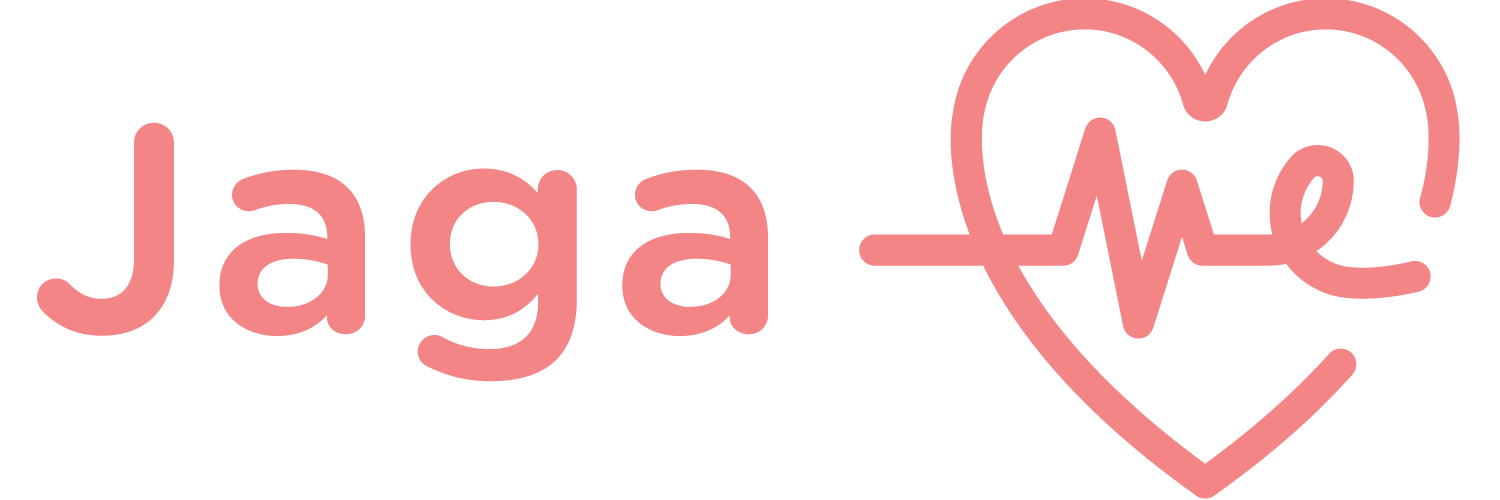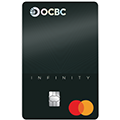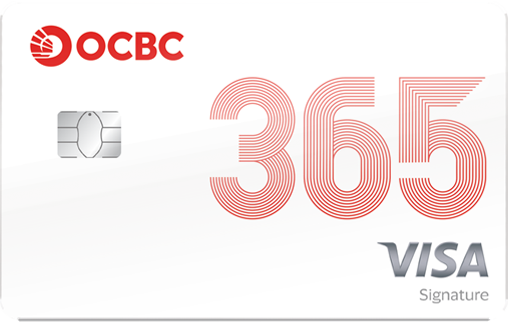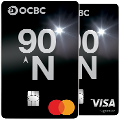Recognising warning stroke symptoms and signs
Recognising warning stroke symptoms and signs
A stroke is considered a medical emergency because strokes can lead to severe brain damage, permanent disability and even death. When a stroke occurs, blood stops being supplied to parts of the brain, causing over 2/3 of stroke survivors being left with some form of disability. Hence, time is of the essence in the case for stroke as treatment has to be administered within the first few hours after signs of stroke begin in order to mitigate long term after effects of stroke like permanent paralysis. Anyone is susceptible to stroke, no matter whether you are young or old. Therefore, It is important to be educated and be alert to stroke symptoms and signs in case of emergencies, so you can seek treatment as soon as possible. If a stroke is suspected, the family member, or bystander should call 911 and activate medical attention promptly. Here are 4 FAST warning stroke symptoms and signs for you to take note of.
FAST stroke symptoms and signs
The FAST acronym is a good framework to remember and follow the signs of stroke.
- F for Face drooping: A stroke can cause a person’s faces to droop down. If you spot someone’s face hanging unevenly especially when he/ she smiles, or if one side of the face feel numb, this is probably a sign of stroke.
- A for Arm weakness: If the person feels particularly weak or numb on one side of the arm, is a sign for arm weakness.
- S for Speech difficulty: People who are having a stroke will have slurred speech and trouble enunciating their words. If you spot any kind of speech abnormality, or if a person is speaking incoherently, it may be a sign of stroke.
- T for Time to call 995: Get help FAST by calling the emergency hotline. Singapore’s hotline is 995.
Coping as a caregiver to a family member with stroke
Being a caregiver to a stroke patient can be demanding and stressful. A stroke patient requires more after care and therapy to recover mobility and certain motor functions. To cope with stroke aftercare, it is advisable to work closely with your doctor and nurses to devise a proper care plan for your loved one. Healthcare alternatives, such as home care services that provide procedural and respite care for your loved ones in the comfort of your own homes can bring respite and an ease of mind for caregivers when they are feeling stressed or burnt out.
Finding support is also important to help you relief caregiver burden. Start by reading the testimonials of other stroke caregivers, and find support groups that can allow you to meet people who have experienced what you are experiencing now. There is no better way to gain caregiving knowledge than to receive tips and tricks from people who have walked in the shoes you are walking in now.
Source: Jaga-Me Home Care. Reproduced with permission. View original source.










